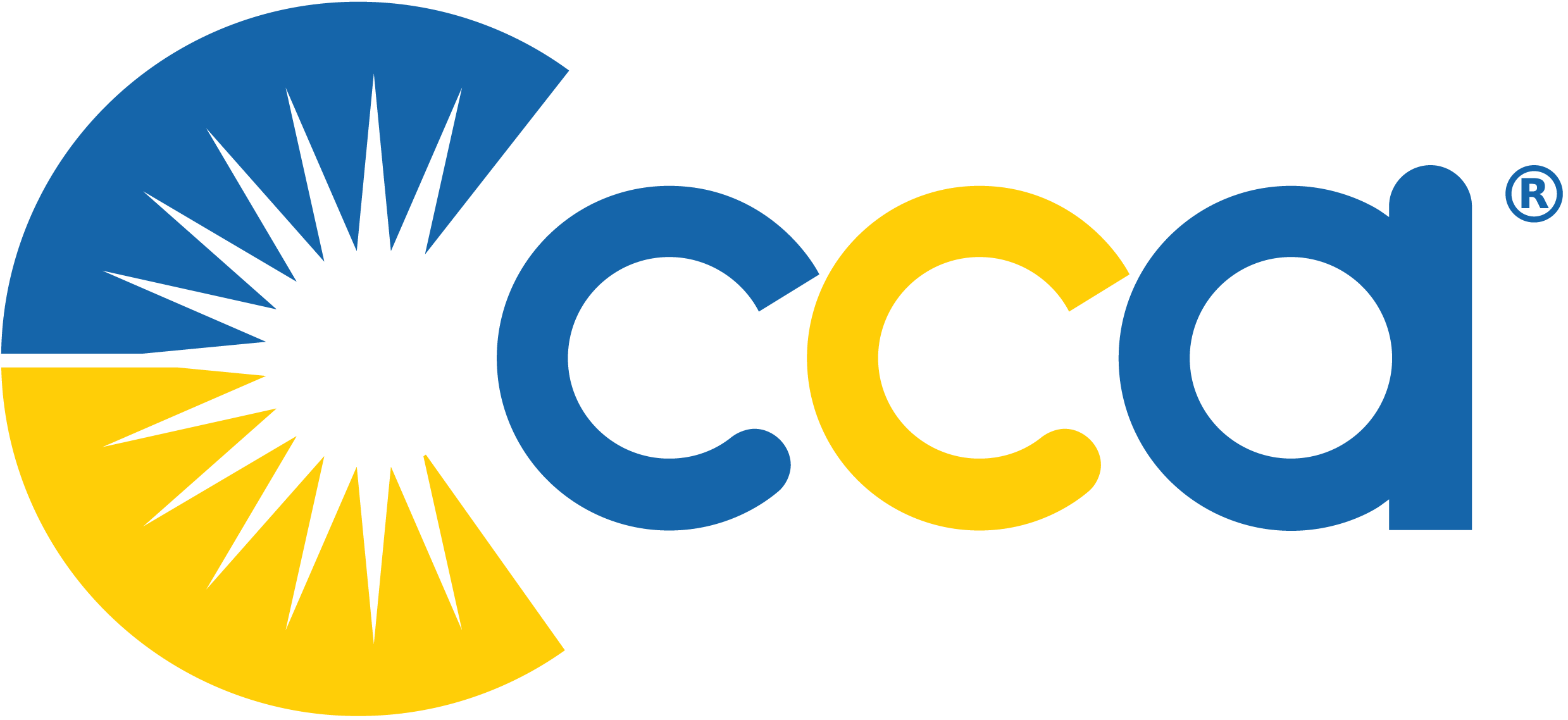School may be out for the year, but kids can keep learning about science all summer long with backyard science projects using household ingredients.
What can you make with some hydrogen peroxide, dish soap and yeast?
If you said “elephant’s toothpaste!” you’d be correct.
If your kids try the Elephant’s Toothpaste experiment below, they might also learn the when a chemical reaction releases light or heat, it’s called an “exothermic reaction” – a basic principle in chemistry.
Commonwealth Charter Academy STEM Conservatory Manager Kurt Amen has put together three home experiments that will delight kids with surprising results.
“Summer is a great time for kids to continue learning about science, in a no-pressure environment where the focus can be on fun and curiosity,” Amen said.
With a little adult help, and simple materials like Ivory soap and baking soda, Amen said children can learn about basic scientific principles while staying engaged with learning about science all year long.
Amen’s experiments are featured in this month’s edition of Central Penn Parent.
The following projects are safe to try at home with adult supervision. CCA high school students Josh Cincotta, Cieara Martinez and Eneida Giboyeaux tried them out at the Midtown Harrisburg Family Service Center.
EXPERIMENT 1: Elephant’s Toothpaste
This experiment is an example of an exothermic reaction, in which energy is released as heat. The experiment demonstrates the principle of conservation of matter because this heat-releasing chemical reaction produces a gas from its original materials.
Materials
Empty, clean 16-oz. plastic soda bottle or water bottle
1/2 cup 20- or 40-volume hydrogen peroxide liquid (higher volume results in a bigger reaction)
1 tablespoon liquid dish soap
3 tablespoons warm water
1 tablespoon dry yeast
Food coloring
Small cup
Funnel
Measuring cup and spoons
Stirring instrument
Safety goggles/glasses
Gloves
Tray (or cardboard, newspaper, plate)
Instructions
Step 1: Set up your work space. Put down a tray to protect the surface of the table. (The foam will overflow the bottle.)
Step 2: Put on your safety goggles and gloves – hydrogen peroxide can irritate the eyes.
Step 3: Using your funnel, pour the hydrogen peroxide into the bottle.
Step 4: Put eight drops of food coloring into the bottle.
Step 5: Pour the liquid dish soap into the bottle. Make sure it is mixed well with the food coloring.
Step 6: In the cup, mix the yeast and warm water. Stir for 30 seconds.
Step 7: Place the plastic bottle on the tray.
Step 8: Using your funnel, carefully pour the yeast and water combination into the bottle. Watch the elephant’s toothpaste form!
EXPERIMENT 2: Bubble Balloon Inflator
This science experiment demonstrates an endothermic reaction, meaning energy is absorbed and cools. It shows the principle of conservation of matter because this heat-absorbing chemical reaction produces a gas from its original reactants. When the vinegar and baking soda mix, a reaction occurs and gas fills the balloon.
Materials
Empty, clean 16-oz. plastic soda bottle or water bottle
1/2 cup vinegar
Small balloon
Baking soda
Funnel
Safety goggles/glasses
Instructions
Step 1: Put on your safety goggles.
Step 2: Using your funnel, pour the vinegar into the empty bottle.
Step 3: After stretching the balloon out a bit, use your funnel to fill it with baking soda. Fill the balloon slightly more than halfway.
Step 4: Carefully, without creating tears or holes, stretch the neck of the balloon over the neck of the bottle. Do not let any baking soda fall into the bottle.
Step 5: Quickly lift the balloon so that the baking soda pours into the bottle, and watch the balloon inflate! (You might have to hold the bottle upright to prevent it from tipping over.)
EXPERIMENT 3: Slippery Soap Expander
Using just Ivory soap and a microwave, this experiment shows the energy absorption of air pocket molecules in soap. The soap has air pockets in it, and when you add energy to these molecules they move faster and try to expand the area that they’re trapped in. This is easily demonstrated using the radiation energy supplied by the microwave.
Materials
1 bar Ivory soap (it must be Ivory brand soap!)
Microwaveable plate
Microwave
Instructions
Step 1: Place the soap on the plate; put the plate in the microwave.
Step 2: Microwave the soap on high for 1-2 minutes.
Step 3: Carefully remove the plate from the microwave – it will be hot! Let the soap sit for a few minutes, then feel free to handle it.
EXPERIMENT 4: TINY DANCER
This experiment shows how to make use of resources to produce energy by making a homopolar motor. A homopolar motor is probably the simplest DIY motor you can make. You need just a few easy to obtain items and it’s fairly simple to construct. They also are a great introduction to electricity and electromagnetism.
Materials
Copper wire
1/2″ x 1/8″ neodymium disc magnets
AA battery
3-in-1 combination tool, pliers or wire cutters
Crepe Paper (optional for skirt)
Hot glue (optional)
Instructions
Step 1: Cut a long piece of wire off your spool. You should start with about a 10-inch long piece. Lay it on the template of your choice and bend as shown using 3-in-1 tool, pliers or wire cutters. No need to be perfect; however, try to keep your form as symmetrical as possible.
Step 2: To create the base section of wire that wraps the magnets, bend the end of the wire around the battery. Remove the battery and gently widen the circular wire form with your fingers.
Step 3: Place three neodymium magnets on the negative side of your battery.
Step 4: Place the motor on top of the battery so that it touches the positive pole. The round section at the bottom of the motor must be low enough to encircle the magnets.
Step 5: Let it go. If properly constructed it should start to spin.
Step 6 (optional): To make a skirt for your dancer, cut a small circle of crepe then cut a slit in the center of the circle. Slide it up onto the dancer and secure in place with a dab of hot glue.















